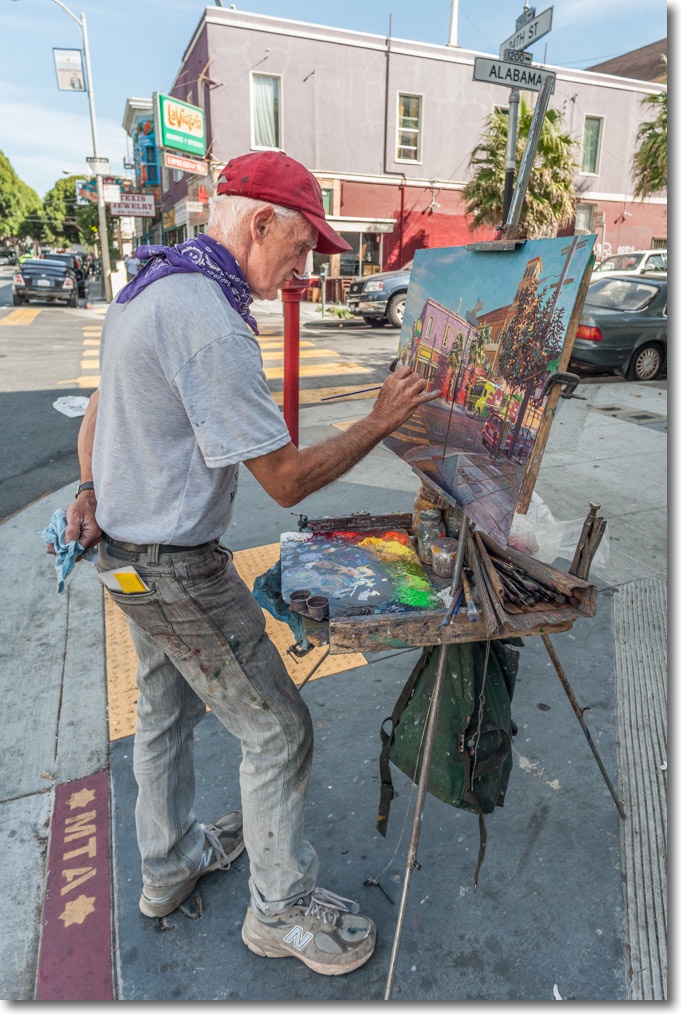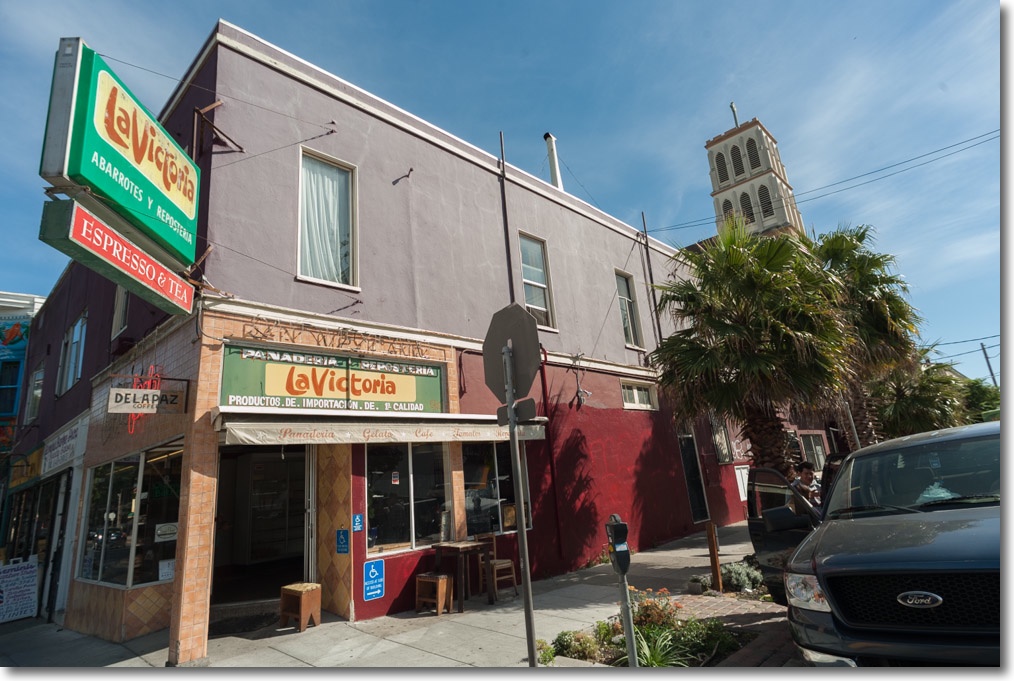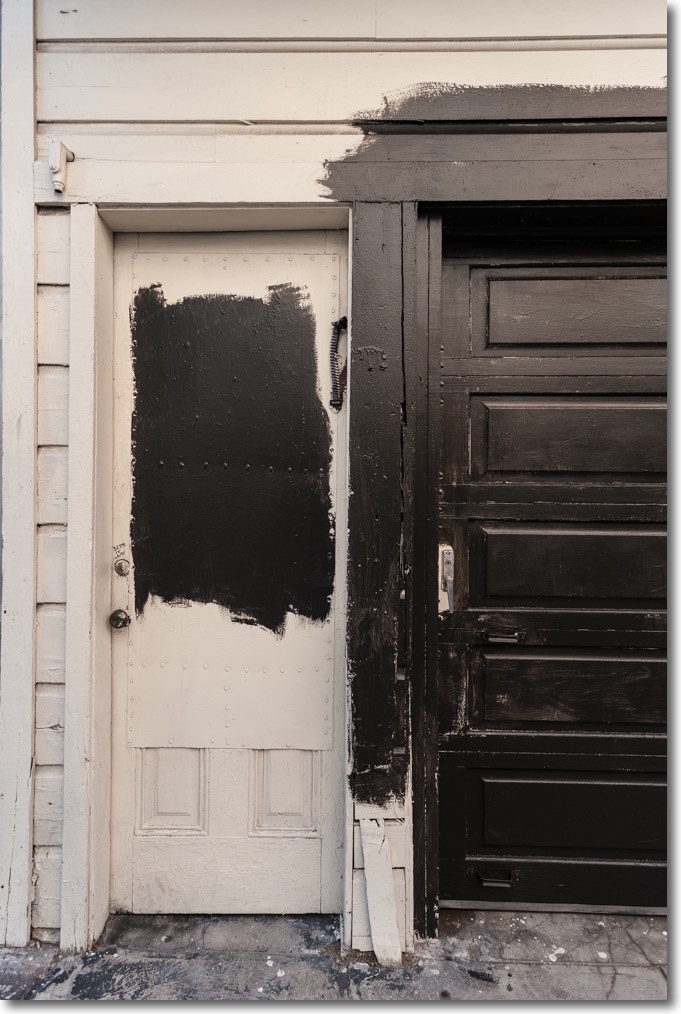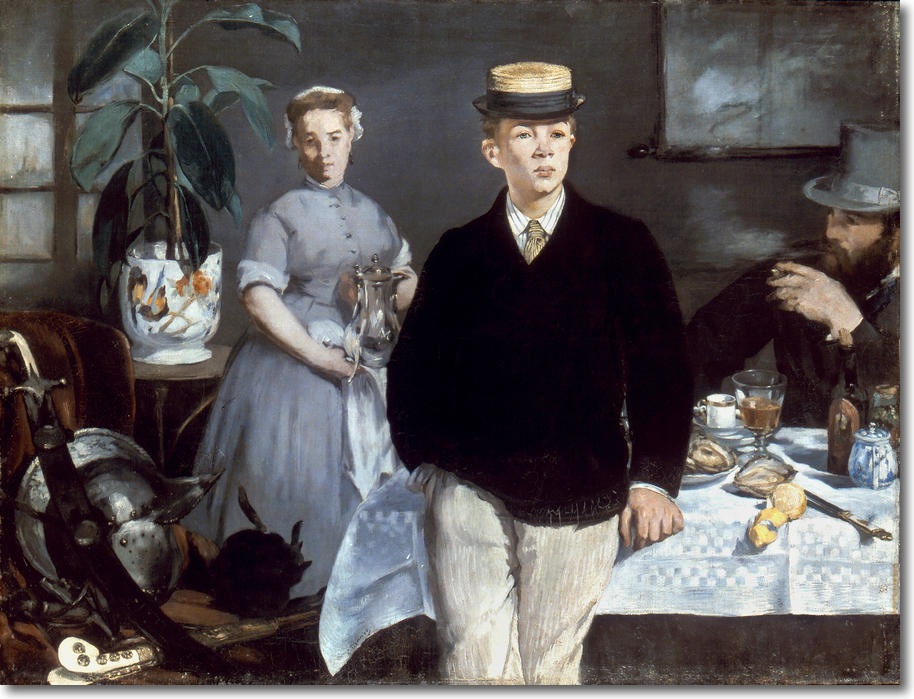A lovely environment.
If you want to get into any of the three Stacks restaurants – in SF’s Hayes Valley, in Palo Alto or my local, in Burlingame – get there as soon after 7:30am opening as possible. Much later and there is certain to be a long line outside and there’s a good reason for that.
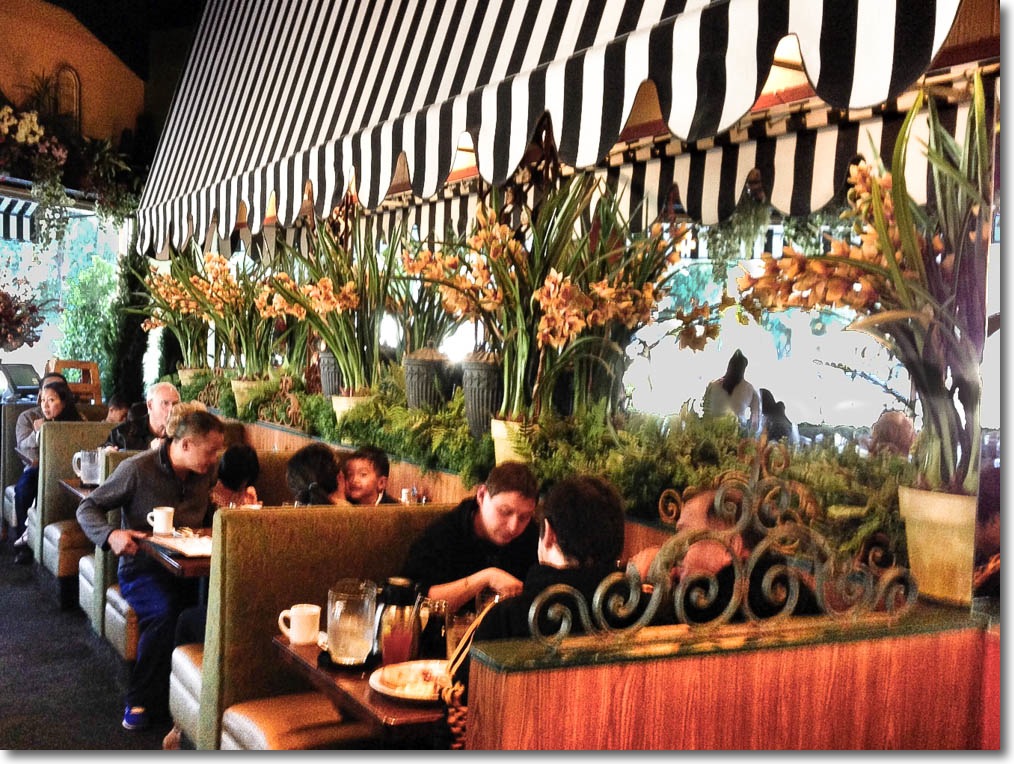
Stacks this morning. iPhone5 snap.
The service is world-class and the environment is reminiscent of nothing so much as a Tissot, although dress standards are not what they were in Victorian times:
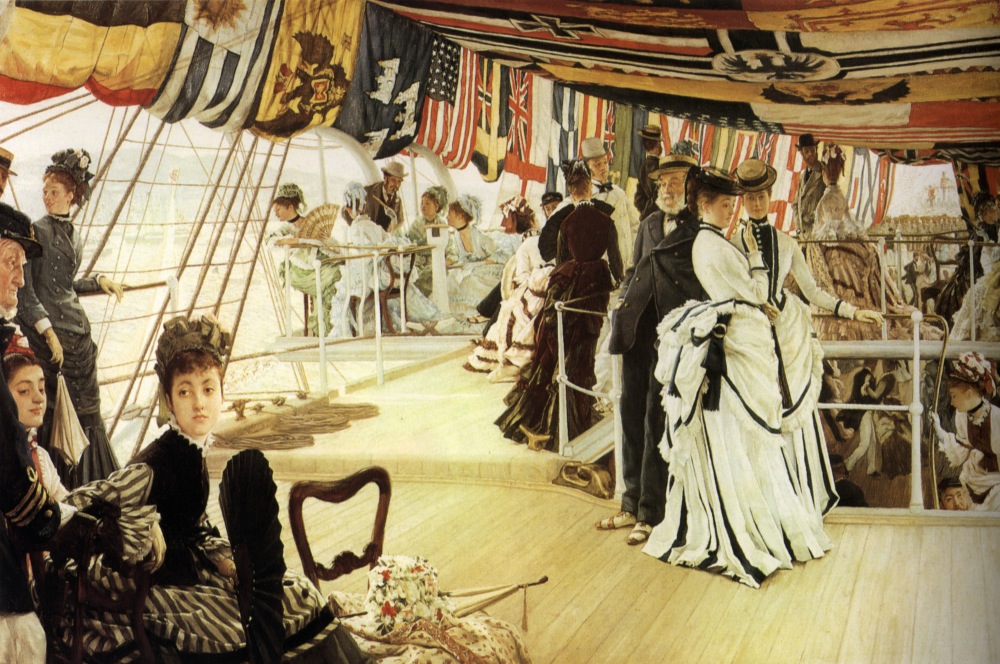
James Tissot’s ‘Ball on Shipboard’ – 1874. Tate Gallery.
And while you can probably get similar food at the local greasy spoon for less, you will not get the atmosphere to be enjoyed here, at Stacks you will not be forced to converse with horny handed sons of toil at the bar. My son did serious damage to a couple of pancakes and I destroyed the all meat omelette. The pot of coffee provided, and left on our table, would have fueled a whole Arctic expedition. With tip our meal came to $30.
